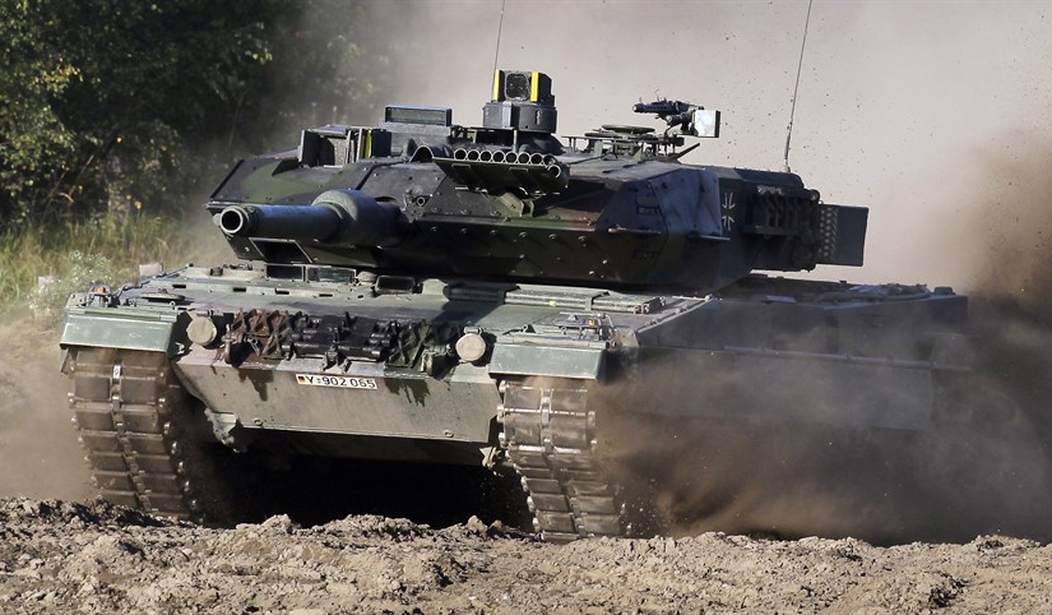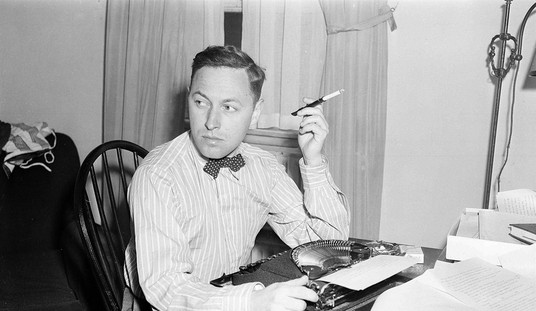It took a while, but both Germany and the United States have apparently agreed to send advanced battle tanks to the Ukrainian military. Germany refused to make a commitment to send their Leopard tanks to Ukraine unless the administration of Joe Biden made the first move and agreed to send M1 Abrams tanks to Kyiv.
It was a silly diplomatic dance. The timing of the news was supposed to make it appear that the United States made the commitment first. Germany’s socialist prime minister Olaf Schulz was reluctant to send the Leopards without the U.S. taking the lead because he didn’t want Russian President Vladimir Putin to focus his anger at this escalation on him.
For our VIPs: Kissinger: Here’s How to Avoid Stumbling into World War III
And make no mistake: this is a serious escalation in the war. Russian armor is very good. The T-90 is as good as any tank in the west. But a third of the 600 T-90s in the Russian military are in storage and many of the rest are in various states of disrepair. Analysts believe there are no more than 360 T-90s that are combat-ready. Russia has been relying on the old T-62 — a 1970s-era cold war relic. Not coincidentally, Ukraine’s military is also supplied with T-62s.
But the Abrams is a beast — 60 tons of American ingenuity and firepower. The Pentagon says they’ll send about 30 of them to Kyiv. And the Leopard 2 is perfect for Ukraine’s open terrain in the east where most of the tank battles are expected to be fought.
Germany is dipping its toes into the water by preparing to announce they’ll send one company — 14 tanks — to Ukraine. But other nations are looking to send a lot more.
In response to the expected move by the German chancellor, other Western allies indicated they would be sending tanks to Ukraine. Spain — which has one of the largest fleets of Leopards in the EU, with 347 — is finalizing its plans to supply the tanks to Kyiv, according to El País; Norwegian newspaper DN reports Oslo is planning to give up as many as eight of its 36 Leopards.
Leading lawmakers from the two coalition partners of Scholz’s Social Democratic Party, the Greens and the Free Democratic Party (FDP), welcomed the volte-face by the chancellor.
Poland is also ready to send a sizable number of Leopard 2’s to Kyiv. And the British, who have already promised 12 Challenger tanks to Ukraine, may increase that number now that other nations are sending armor.
As for the Abrams, it’s a little complicated. It’s still under discussion, but the U.S. may make the Abrams part of a future package of armaments that would be made available after the war. Otherwise, it makes little sense to send Abrams tanks to an army that doesn’t know how to use or maintain them.
Until now, the U.S. has resisted providing its own M1 Abrams tanks to Ukraine, citing extensive and complex maintenance and logistical challenges with the high-tech vehicles. Washington believes it would be more productive to send German Leopards since many allies have them and Ukrainian troops would need less training than on the more difficult Abrams.
Just last week, Under Secretary of Defense for Policy Colin Kahl told reporters that the Abrams is a complicated, expensive, difficult to maintain and hard to train on piece of equipment. One thing Defense Secretary Lloyd Austin has been very focused on, he said, “is that we should not be providing the Ukrainians systems they can’t repair, they can’t sustain, and that they, over the long term, can’t afford, because it’s not helpful.”
Ukraine will get its tanks. But don’t expect Russia to wait around for the delivery to be complete. Don’t be surprised if Russia moves up its timetable for an offensive and strikes before the spring thaw.










Join the conversation as a VIP Member